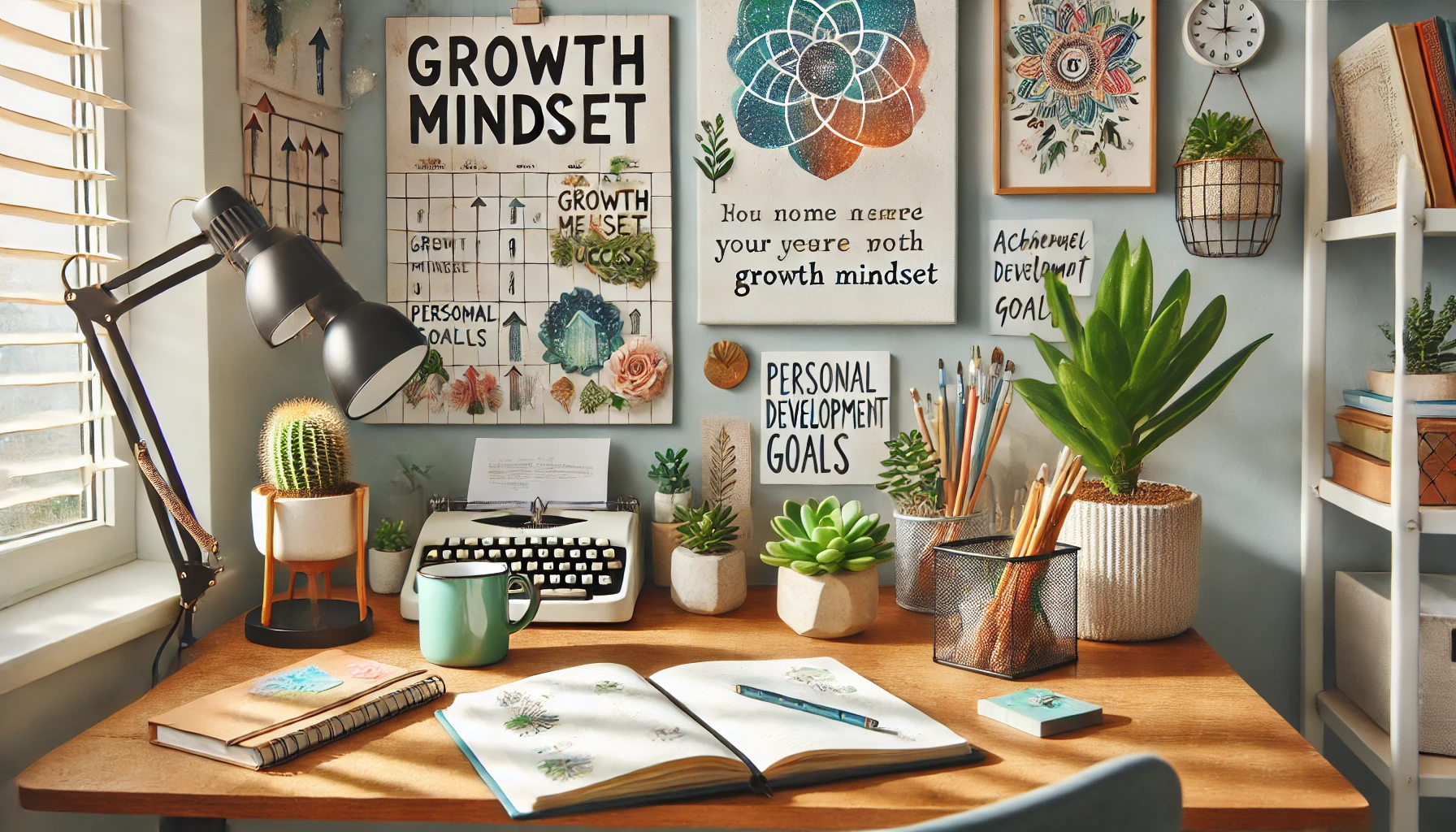There comes a moment when stability becomes stagnation. I realized that when I left a well-structured job to take a leap into the unknown world of entrepreneurship. What seemed like a bold decision at first quickly became a lesson in humility: I wasn’t just building a business—I was rebuilding myself. That’s when I truly understood what it means to have a growth mindset. It’s not just about staying positive; it’s about staying curious, committed to learning, and willing to evolve no matter how uncomfortable it gets. Here’s what I learned on that journey—and how you can develop a growth mindset to achieve more in your life and career.
1. Shift from “Job Security” to “Professional Investment”
When I transitioned from employee to entrepreneur, I had to stop relying on the structure others created for me and start building my own. That meant learning how to manage not just projects, but priorities, finances, marketing, and relationships. A growth mindset begins when you understand that you’re not investing in your job—you’re investing in your profession and identity. Your ability to learn determines your ability to lead.
2. Start with What You Don’t Know
You can’t grow if you don’t admit what you still need to learn. In the early stages of my business, I realized how little I knew about sales, negotiation, and digital strategy. That didn’t discourage me—it gave me direction. Make a list of areas you need to strengthen. Be honest. What got you here won’t get you there. Growth begins with clarity.
3. Build Your Learning Stack (and Keep Updating It)
One of the best tools I developed was a personal knowledge base—a curated, evolving system of what I call “mental assets”: concepts, techniques, and references that help me act faster, solve smarter, and decide better. Whether it’s a digital notebook, a second brain system, or just a spreadsheet—track what you learn. It’s not just what you read, it’s what you retain, refine, and reuse.
4. Learn Beyond Your Domain
When you work for yourself, no department is “someone else’s job.” I had to study marketing like a beginner, budgeting like a CFO, and productivity like a systems engineer. Growth comes from expanding your lens—not just going deeper into what you already know. Learn how things connect across disciplines. Mastering intersections is what creates competitive advantage.
5. Turn Curiosity into a Habit, Not a Mood
Curiosity is not something you wait to feel—it’s something you feed. Schedule time to explore new concepts. Read outside your field. Watch case studies. Attend workshops. Ask better questions. A curious mind becomes a creative engine. You don’t need to be the smartest person in the room—you just need to be the one who learns the fastest.
6. Embrace the Messy Middle
The learning curve isn’t linear. Some days you’ll feel like you’re making huge progress; other days, you’ll feel lost and overwhelmed. That’s normal. The “messy middle” is where real growth happens. Keep showing up. Keep iterating. That moment where you want to quit? That’s when the shift is coming—if you persist.
7. Don’t Wait to “Feel Ready”—Build While You Learn
If I had waited to feel fully ready before launching my training business, it wouldn’t exist. A growth mindset understands that confidence is a result, not a prerequisite. Build as you go. Learn as you move. Don’t confuse preparation with paralysis. The best way to learn is to engage in action with reflection.
8. Reframe Feedback as Strategy, Not Criticism
When you expose your ideas—whether through content, proposals, or products—you’re going to hear opinions. Not all will be kind. But with a growth mindset, you filter feedback not through emotion, but through usefulness. Ask: “What’s the insight behind this?” Accept what helps. Discard what doesn’t. Grow anyway.
9. Normalize Not Knowing (and Make It Your Advantage)
There’s power in admitting “I don’t know—but I’m learning.” The most dangerous mindset is pretending you know enough. Markets change. Tools evolve. Skills expire. What stays relevant is your ability to adapt. Say yes to projects that force you to learn. Growth isn’t about being the expert—it’s about being the most coachable.
10. Bet on Your Capacity, Not Your Circumstances
Circumstances come and go. Clients disappear. Opportunities shift. Algorithms change. The only constant is your capacity to grow. Every time you invest in learning, you expand your edge. You build internal stability when external things become uncertain. In the long game, your capacity becomes your competitive moat.
Final Thoughts
Developing a growth mindset isn’t about motivational slogans—it’s about building the muscle of reinvention. It’s about becoming the kind of person who knows that progress is possible—even in the face of uncertainty. If you want to achieve more in life:
- Build your learning systems
- Get radically honest about what you still need to learn
- Learn across domains, not just within them
- Start before you’re ready and reflect as you go
- Normalize feedback and embrace the messy middle
- Focus not on being perfect—but on getting better, always
The growth mindset isn’t a destination. It’s a decision you make daily: to learn, to stretch, and to lead yourself into the unknown—again and again.

